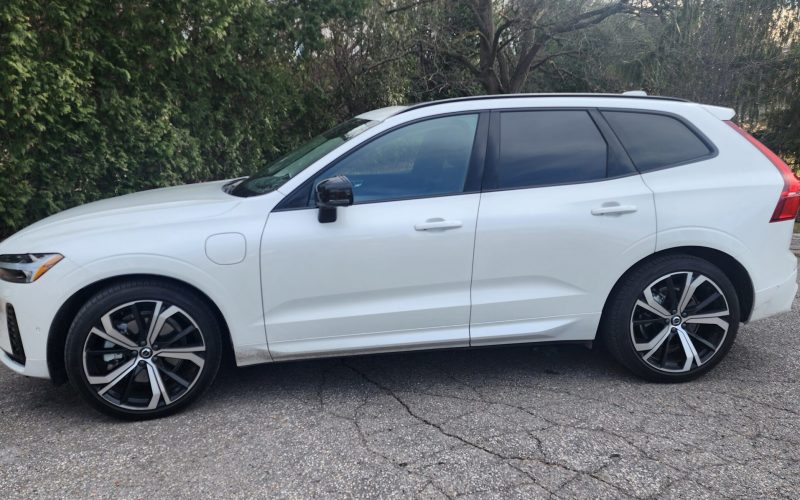
Reading Time: 4 minutesOverview: Plug-In, Powered Up and Premium If you’re in the market for a luxury midsize SUV
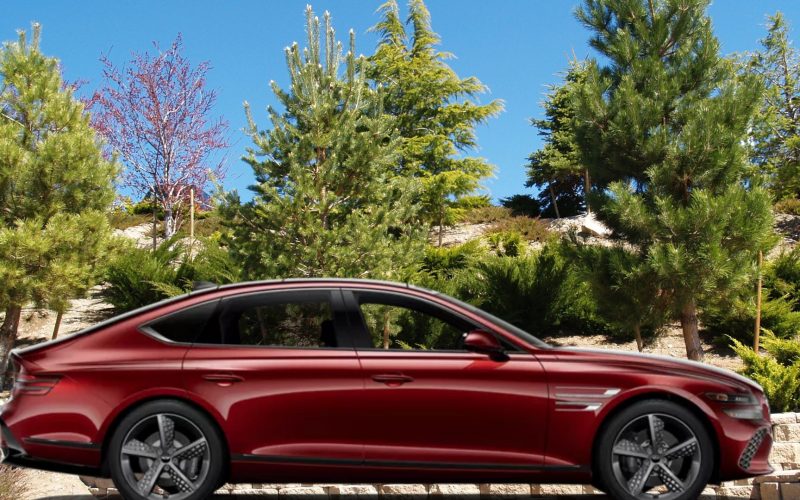
Reading Time: 5 minutesGenesis has spent the last decade building a reputation for refined luxury, and the 2025 G80
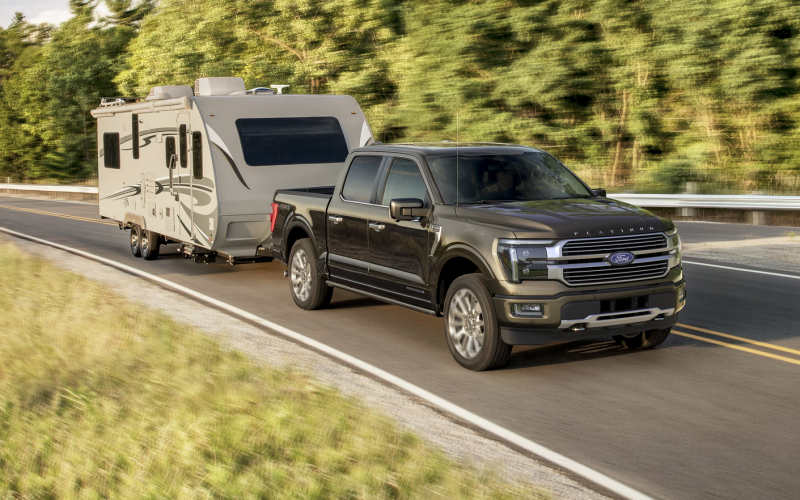
Reading Time: 4 minutesFull disclosure: I drive a 2024 RAM 1500 Limited 4×4 Crew Cab with a 5.5’ box,
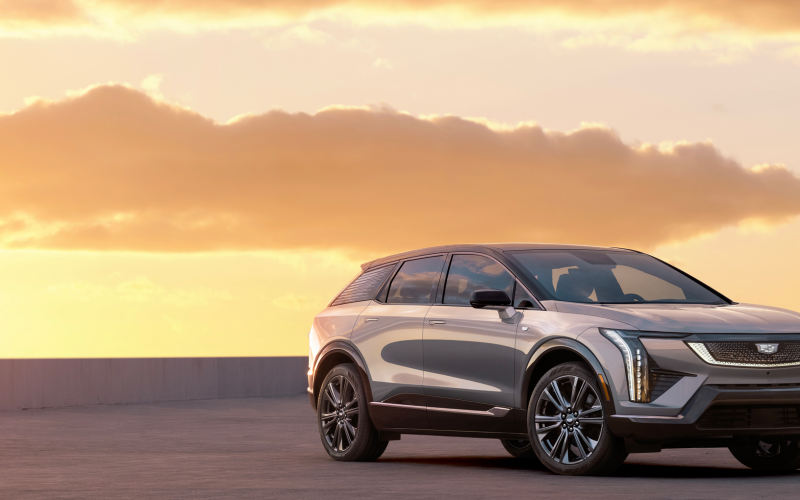
Reading Time: 4 minutesI recently had the chance to test drive the all-new 2025 Cadillac Optiq AWD, thanks to
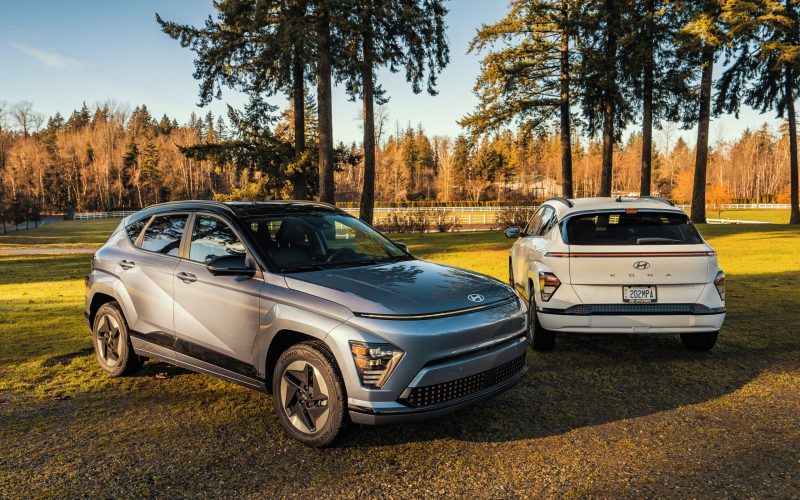
Reading Time: 5 minutesIf you’re looking for a small crossover that delivers big on style, tech, and efficiency, the
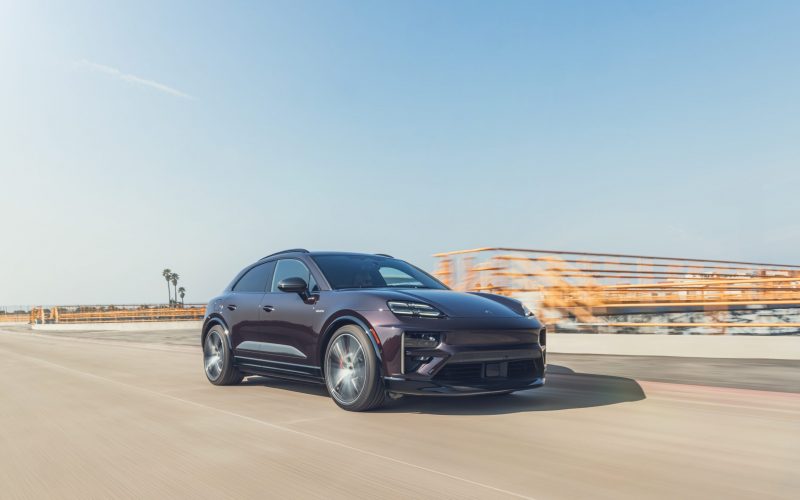
Reading Time: 5 minutesWhen it comes to luxury crossovers, few vehicles strike the balance of style, performance, and practicality
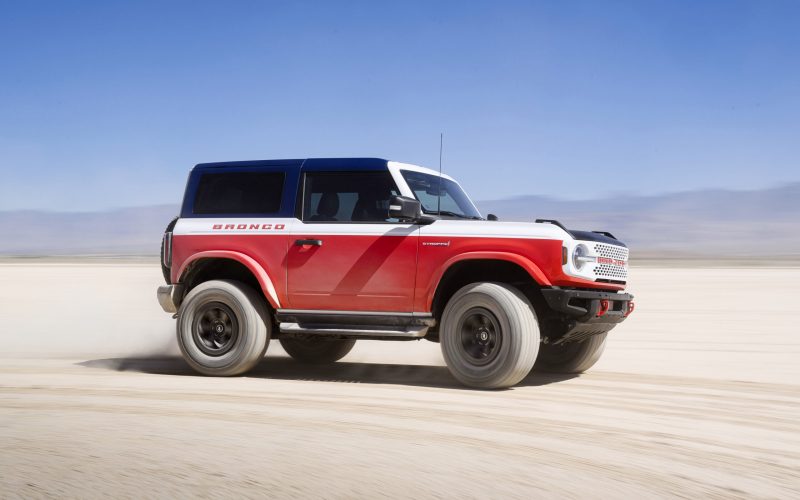
Reading Time: 4 minutesWhen it comes to iconic SUVs, few names resonate as strongly as the Ford Bronco. Reintroduced
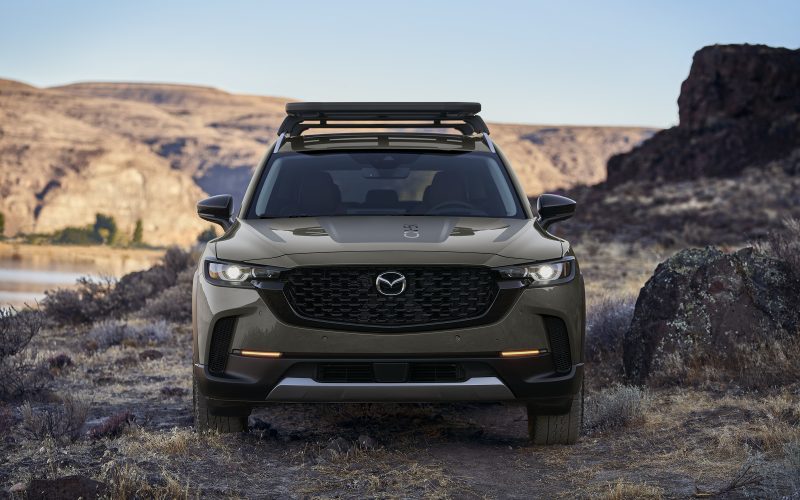
Reading Time: 4 minutesMazda CX-50: A Lease Market Standout The Mazda CX-50 has emerged as a star performer in
© 2025 The Car Magazine. All Rights Reserved, Privacy Policy | Terms of Use